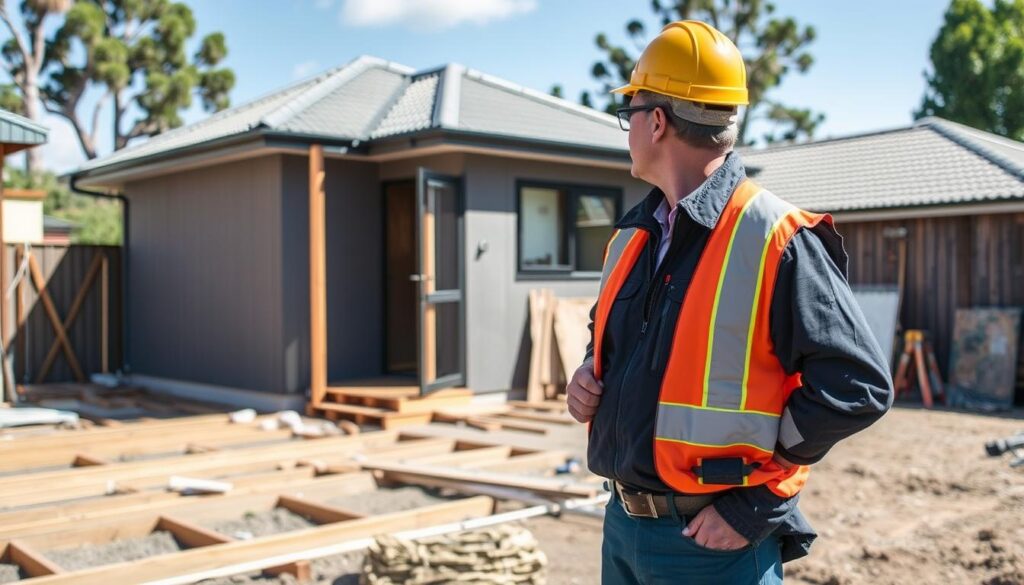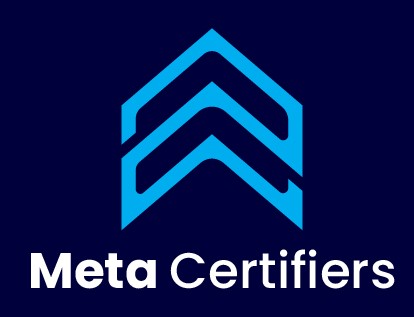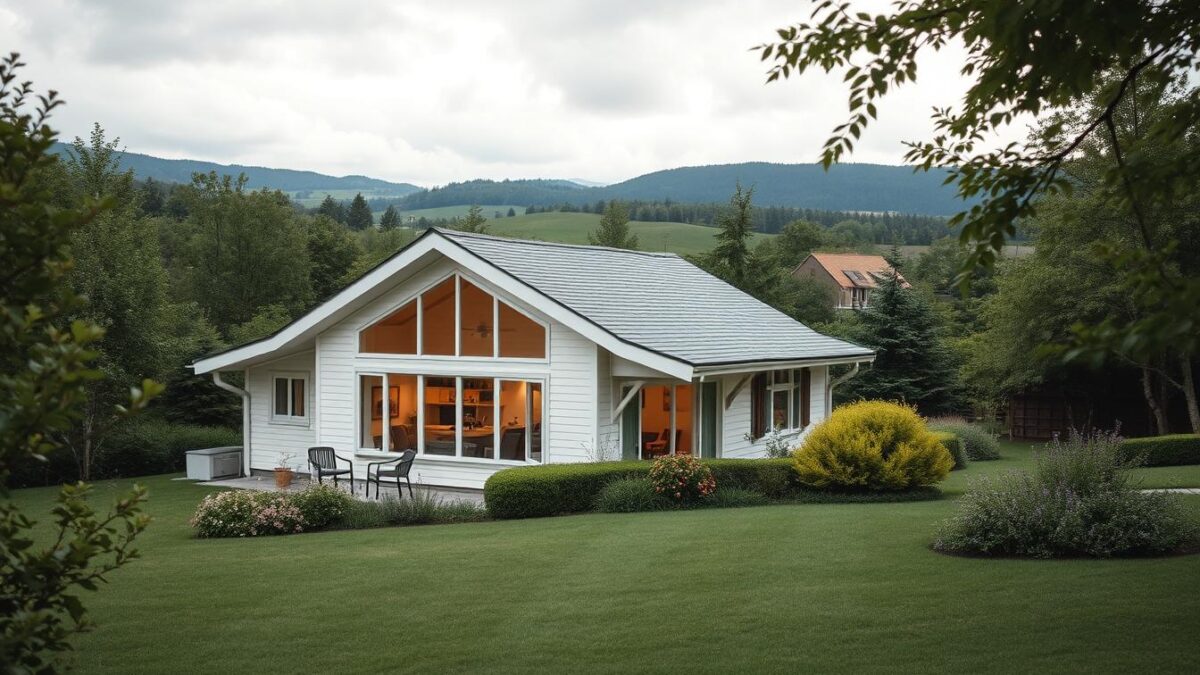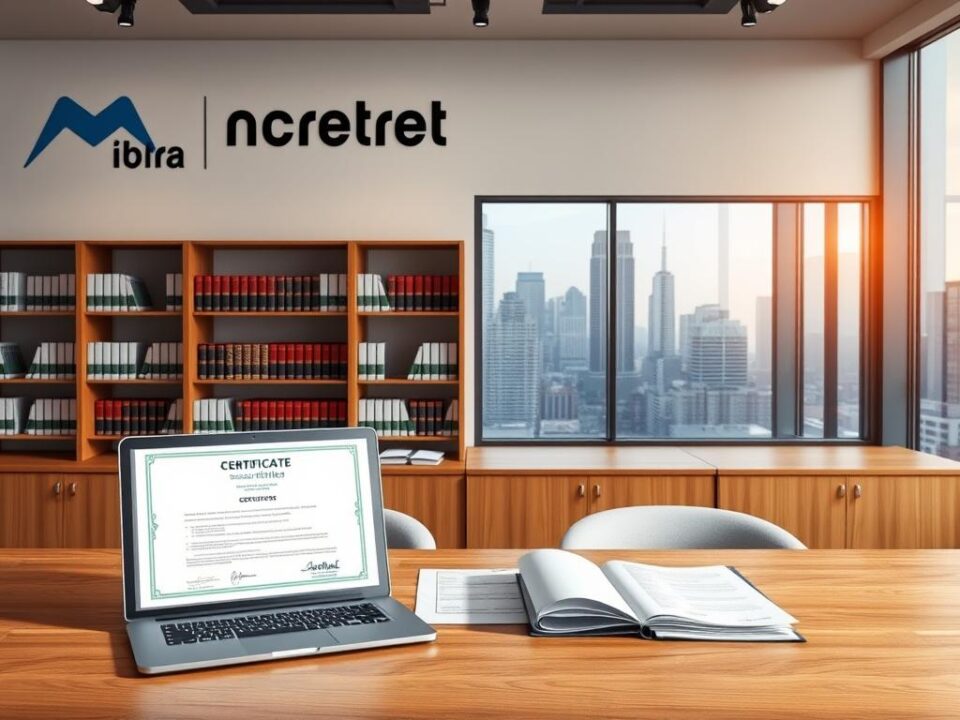Granny Flat Legislation in New South Wales
With the NSW government’s recent development reforms, there’s renewed interest in building granny flats to create more affordable housing and investment opportunities.
As a property owner, understanding the regulations surrounding secondary dwellings is crucial. The State Environmental Planning Policy (SEPP) outlines the requirements for building a granny flat in NSW.
At Meta Certifiers Pty Ltd, a leading building certification company, we can guide you through the certification process to ensure your project meets all legislative requirements.
Key Takeaways
- Understanding the current granny flat legislation and its impact on property owners.
- Streamlined pathways for approval under the NSW Affordable Housing State Environmental Planning Policy.
- Benefits of complying development pathways for granny flat projects.
- Fundamental requirements for constructing a compliant secondary dwelling in NSW.
- How Meta Certifiers can assist with the certification process.
Current Granny Flat Legislation in New South Wales
Understanding the current legislation surrounding granny flats in New South Wales is crucial for property owners looking to build or rent out these secondary dwellings. The regulations governing granny flats are designed to ensure that these structures are safe, comply with local zoning laws, and do not negatively impact the surrounding environment or neighboring properties.
What Defines a Secondary Dwelling in NSW
A secondary dwelling, commonly known as a granny flat, is defined under the NSW legislation as a separate dwelling on the same property as the principal dwelling. To qualify, it must have its own kitchen, bathroom, and living areas.
The NSW Affordable Housing State Environmental Planning Policy
The NSW Affordable Housing State Environmental Planning Policy (SEPP) allows homeowners to build a granny flat without the need for traditional council approval, provided they meet specific site and design requirements. This policy aims to increase affordable housing options and simplify the development process for secondary dwellings.

Recent Legislative Updates for NSW Property Owners
Recent updates to the legislation have streamlined the process for building granny flats, making it easier for property owners to develop secondary dwellings. Key changes include simplified approval processes and adjustments to size and height restrictions.
| Legislative Aspect | Previous Regulation | Current Regulation |
|---|---|---|
| Approval Process | Traditional council approval required | Complying Development Certificate (CDC) from a Certifier |
| Size Restrictions | Strict size limits | Relaxed size limits under certain conditions |
Approval Pathways for Your NSW Granny Flat

To successfully build a granny flat in NSW, it’s crucial to comprehend the available approval pathways. When embarking on a granny flat or secondary dwelling project, you’ll need to obtain building approval. There are two primary pathways to achieve this: the Complying Development Certificate (CDC) and the Development Application (DA) process.
Building Without Council Approval: Complying Development Certificate
A Complying Development Certificate allows you to build a granny flat without traditional council approval if your project meets specific development standards. This pathway is assessed under NSW State legislation and can significantly reduce both the time and cost associated with the approval process. By engaging a private accredited certifier, you can streamline your project’s approval.
When You Need a Development Application
If your granny flat project doesn’t meet the required standards for a CDC, you’ll need to lodge a full Development Application (DA) with your local council. This process can take several months, after which a Construction Certificate (CC) is issued by the Council or a Private Certifier before construction can begin.
Working with Accredited Certifiers in NSW
Engaging with accredited certifiers like Meta Certifiers Pty Ltd can facilitate a smoother approval process for your granny flat project. Our team provides expert certification services across NSW, guiding you through the complexities of the approval process. For professional guidance, contact our team at 1300 740 378.
Understanding the differences between these approval pathways and knowing when to use them can save you time and money. Whether you opt for a CDC or DA, working with experienced professionals ensures compliance with all relevant legislation, making your granny flat project a success.
Essential Site Requirements for NSW Granny Flats
When building a granny flat in NSW, understanding the site requirements is crucial for a smooth approval process. As a property owner, it’s essential to be aware of the specific conditions that must be met to ensure your granny flat project complies with NSW regulations.
Minimum Land Size and Residential Zoning
The minimum land size for building a granny flat in NSW is 450m². This requirement is in place to ensure that the property has sufficient space to accommodate both the primary dwelling and the secondary dwelling (granny flat) without compromising amenity or safety. Additionally, the land must be zoned residential, falling under categories R1 to R5, which are designated for residential development.
Boundary Setbacks and Property Frontage Requirements
To comply with NSW regulations, granny flats must adhere to specific boundary setback requirements. This includes maintaining a minimum 3m setback from the rear boundary and 0.9m from side boundaries. Furthermore, the property must have a minimum 12m width at the building line of the existing dwelling to accommodate the granny flat.
Maximum Size and Height Regulations
NSW granny flats are subject to maximum size and height regulations. The internal area of the granny flat must not exceed 60m², and the maximum height allowance is 8.5m. These regulations are in place to ensure that the granny flat is proportionate to the primary dwelling and the surrounding environment.
By understanding and complying with these site requirements, property owners in NSW can successfully build a granny flat that meets regulatory standards.
Building Standards and Compliance Considerations
To ensure the safety and quality of a secondary dwelling, NSW has stringent building standards and compliance requirements. When building a granny flat, it’s essential to understand and adhere to these standards.
National Construction Code Requirements
The National Construction Code (NCC 2019) sets out the minimum requirements for the design and construction of buildings, including granny flats, to ensure safety and health. Compliance with the NCC is crucial for obtaining certification.
Additional Requirements for Bushfire Prone Areas
Properties located in bushfire prone areas must comply with additional regulations, including the Planning for Bush Fire Protection guidelines and Australian Standard AS3959-2018. These requirements are critical for ensuring the safety of occupants.
Self-Containment and Utility Connection Standards
A granny flat must be self-contained, with its own kitchen, laundry, bathroom, and toilet facilities. Utility connections, including electricity, water, and sewage, must be independently functional.
To illustrate the compliance requirements, here’s a summary table:
| Compliance Aspect | Requirement | Relevant Standard |
|---|---|---|
| Construction Standards | Minimum safety and health requirements | National Construction Code (NCC 2019) |
| Bushfire Protection | Adherence to bushfire protection guidelines | Planning for Bush Fire Protection, AS3959-2018 |
| Self-Containment | Independent kitchen, laundry, bathroom, and toilet | State Environmental Planning Policy (Affordable Rental Housing) 2009 |
Meta Certifiers Pty Ltd ensures your granny flat project meets all building standards and compliance requirements. Contact us at [email protected] for expert certification services.
Benefits of Professional Certification for Your Granny Flat Project
To navigate the intricacies of NSW granny flat regulations, partnering with a professional certifier is a prudent decision. Professional certifiers bring expertise in navigating complex legislation, ensuring that your granny flat project complies with all relevant building standards and regulations. This not only streamlines the approval process but can also save you considerable time and money by avoiding potential compliance issues early on.
At Meta Certifiers Pty Ltd, our team of experienced certifiers provides comprehensive services throughout the granny flat development process, from initial assessment to final occupation certification. With our knowledge of NSW granny flat legislation, we act as intermediaries between you and regulatory authorities, simplifying communication and ensuring all documentation meets required standards.
By investing in professional certification, you gain peace of mind knowing your granny flat is legally compliant, structurally sound, and built to last. For your granny flat project, you can reach out to us at [email protected] or 1300 740 378 to discuss your certification needs.





